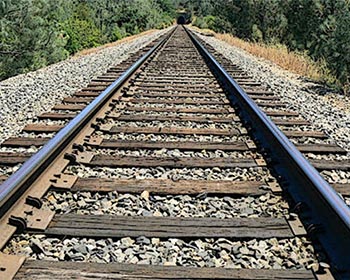Model to Assess Railroad Investments Developed by NDSU Researchers
Posted: Sep 21, 2020
 Mandated implementation of positive train control technology in the U.S. rail industry will cost billions of dollars. Researchers at NDSU's Upper Great Plains Transportation Institute developed a computer model to help railroad companies assess the cost effectiveness of using that technology to further enhance safety and improve railroad operations and efficiency.
Mandated implementation of positive train control technology in the U.S. rail industry will cost billions of dollars. Researchers at NDSU's Upper Great Plains Transportation Institute developed a computer model to help railroad companies assess the cost effectiveness of using that technology to further enhance safety and improve railroad operations and efficiency.
"Closed Form Models to Assess Railroad Technology Investments" by UGPTI researchers Raj Bridgelall and Denver Tolliver was recently published in the journal, Transportation Planning and Technology. Bridgelall is an assistant professor of transportation and logistics and researcher at UGPTI and Tolliver is director of the UGPTI.
North America's largest railroads collectively invested $11.2 billion to comply with a federal mandate to deploy positive train control. Because this amount dwarfs the potential savings from accidents the technology could prevent, railroads must seek additional benefits from the technology. Bridgelall and Tolliver's model will help railroads assess the value of strategies that can leverage the sensors and wireless networks installed as part of the positive train control implementation. Potential benefits could include rail-grade safety sensors and potential business enhancements such as improved line capacity, service reliability, equipment utilization, real-time equipment diagnostics, fuel savings, and non-destructive evaluations.